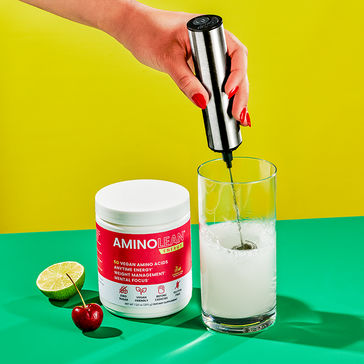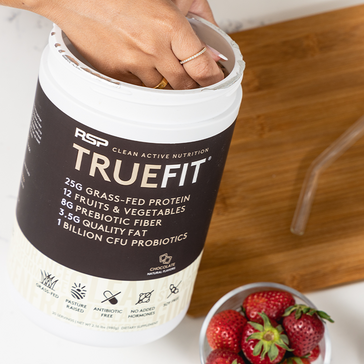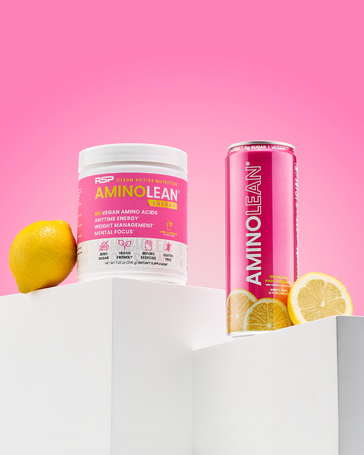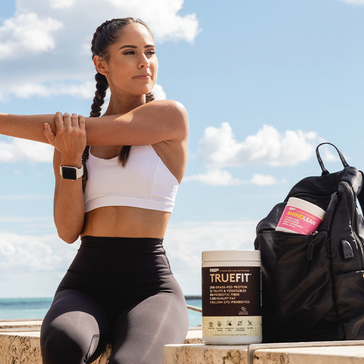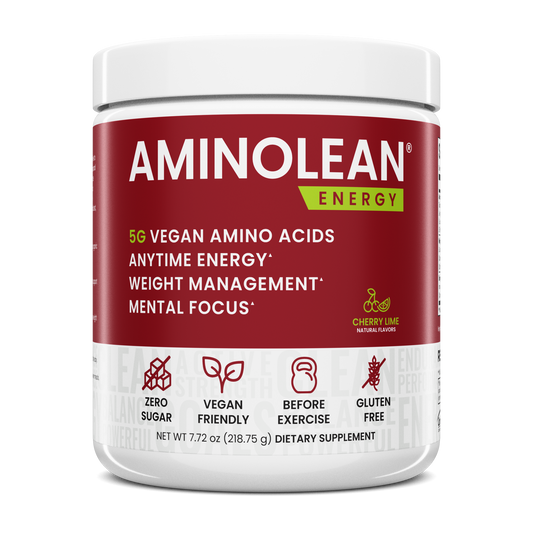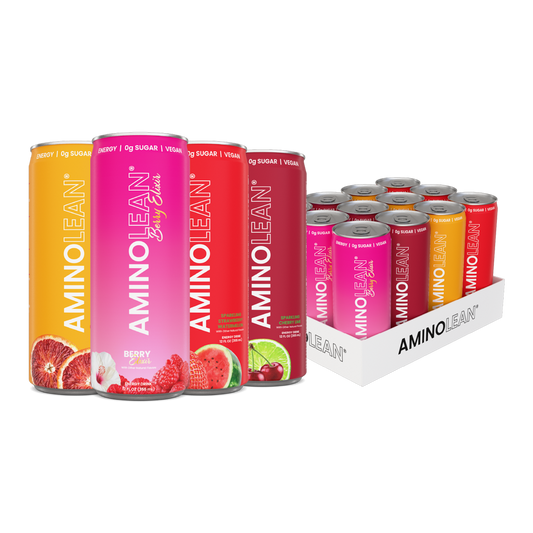Eating healthy is one of the biggest struggles in maintaining a fit lifestyle, especially in summer. From festivals to ice cream trips, sticking to a healthy eating plan is tough. And nearly everyday, a new diet hits the nutrition scene. From the Atkins Diet to the South Beach Diet, branded diets are still popular options. And Whole30 is highly favored.
The Whole30 Diet has been around since April 2009 (https://whole30.com/about/). And while it has been around for over 10 years, should you try it? We spoke with two registered dietitian nutritionists for their thoughts on the benefits, risks and tips if you’re looking to try Whole30.
What is the Whole30 Diet?
“The Whole30 program is a 30-day program that eliminates added sugars, artificial sugars, alcohol, beans (legumes), grains, dairy, and preservatives,” says Monica Auslander Moreno, MS, RD, LD/N, nutrition consultant for RSP Nutrition. “The well-intentioned point is to eliminate processed foods from one's diet.”
Sugars/artificial sugars off limits include: maple syrup, honey, agave nectar, coconut sugar, date syrup, monk fruit extract, stevia, Splenda, Equal, NutraSweet, and xylitol.
Grains that are off limits include: wheat, rye, barley, oats, corn, rice, millet, bulgur, sorghum, sprouted grains, quinoa, amaranth, and buckwheat. This also includes bran, germ, and starch.
Legumes that are off limits include: beans of all kinds (black, red, pinto, navy, white, kidney, lima, fava, etc.), peas, chickpeas, lentils, peanuts, peanut butter, and all forms of soy: soy sauce, miso, tofu, tempeh, edamame, and soy lecithin.
Dairy that is off limits include: cow, goat, or sheep’s milk products like milk, cream, cheese, kefir, yogurt, sour cream, ice cream, or frozen yogurt.
You can read the full Whole30 rules here.
What are the benefits of trying it?
Since Whole30 cuts processed foods, people that try it notice a plethora of positive benefits.
“Many people report feeling amazing on this diet--probably because alcohol, added sugars, and processed foods can contribute to bloat and fatigue,” says Auslander Moreno. “Grains/gluten/dairy can actually also be troublesome, unknowingly, for some individuals with undiagnosed IBS (irritable bowel syndrome), and this also could make The Whole 30 seem like a beacon of dietary perfection.”
It also focuses on eating lots of produce.
“The only benefit I can see is that you would probably be eating more fruits and vegetables than you normally do, and this is a good habit to get into,” says Cindy Dallow, PhD, RD, sports dietitian at 2 Doc Tri Coaching. “Also, trying new recipes is a benefit and there are several cookbooks available to help you get started.”
Basically, the Whole30 Diet focuses on quality, nutritious foods that also require lots of cooking at home.
“It does emphasize fresh fruits, vegetables, nuts, seeds, healthy fats, lean proteins, and cooking at home which are great lifestyle changes to make.
What are the downsides of trying it?
“It restricts many nutrient-dense foods that have been shown to lower blood cholesterol and LDL levels, as well as lower blood sugar, such as legumes and oats,” says Dr. Dallow. “It also limits other nutrient-dense foods such as quinoa, buckwheat and amaranth, and incorrectly calls them ‘pseudo-cereals’. All three of these grains are high in B vitamins, magnesium, folate, and fiber.”
Adds Auslander Moreno, “A life without grains and legumes can lead to microbiome derangements since vital fibers in these foods provide food for intestinal microorganisms.”
To compare, many plant-based diets that have been shown to produce "amazing results" are actually high in whole grains and legumes, adds Dr. Dallow..
“Another risk is the low content of calcium and vitamin D in this diet because of the lack of milk or yogurt and lastly, and the complete restriction of any sugar generally leads to higher sugar cravings,” says Dr. Dallow.
“While the intentions of the Whole30 diet are generally good, in that they are wanting people to eat more ‘whole foods’ and less sugar and processed foods, there is no need to limit oats, quinoa, legumes, and yogurt, especially when these foods are known to improve health,” says Dr. Dallow.
It may also have an impact on your mental health.
“It's also not feasible (or fun) for some people to avoid their favorite cherished foods and this can contribute to anxiety, shame, guilt and obsession surrounding foods,” says Auslander Moreno. “In those at risk, disordered eating patterns and thoughts can emerge from a restrictive diet like this.”
Should you try the Whole30 Diet a try?
You should know that there are no clinical studies about the benefits or risks about the Whole30 Diet, and this makes it difficult to know the long-term effects of trying it.
Ultimately, the Whole30 Diet is a diet, which means it has restrictions.
“If we could not be so black and white about foods and think of foods as "forbidden" or "allowed" -- if we could consume all foods in moderation (and alcohol!), we wouldn't need these ironclad and restrictive diet protocols that are really risky diet behaviors for our culture (which is so steeped in diet culture),” says Auslander Moreno. “There are wonderful benefits to any lifestyle promoting fresh vegetables, but we can incorporate those as well as live our lives with a brownie or cocktail here and there. We'd be a lot healthier and happier if we could learn to be more comfortable with a grey area.”
The restrictions that Whole30 sets may also set you up for failure.
“Also, highly restrictive diets tend to backfire with most people by increasing cravings for the restricted foods and causing unnecessary guilt when they give in to these cravings. This leads to feelings of failure and in some people, a disdain for healthy eating,” says Dr. Dallow. “Most people do well by making small changes to their diet to make it healthier and do not need to make such drastic changes all at once.”
How to try it:
If you’re looking to give the Whole30 Diet a try, here are a few tips:
Start with the basics. “I would suggest they start by including more fruits, vegetables, and lean proteins in their diet and eating less processed foods,” says Dr. Dallow.
Modify. “I would suggest cherry picking the great tenets of this diet and leaving the super restrictive commandments out of it,” says Auslander Moreno. “By all means, cut out artificial sweeteners, experiment with an alcohol-free week, and read labels and calculate how much added sugars you're getting. But don't shy away from oats just because they're a ‘forbidden’ grain. Don't eat a vegan yogurt (Whole30 allowed) that has no protein and a bunch of weird chemicals instead of just eating the full fat plain Greek yogurt (not Whole 30 allowed) you crave and that also has protein, fat, calcium, probiotics, and vitamin D.”
And Dr. Dallow agrees.
“I do not recommend eliminating whole grains, legumes, and dairy unless there is a specific medical reason for doing so,” she says.
Cook meals at home. “Start to cook with omega-3 oils like olive or avocado oil. Pump up your vegetable intake,” says Auslander Moreno.
